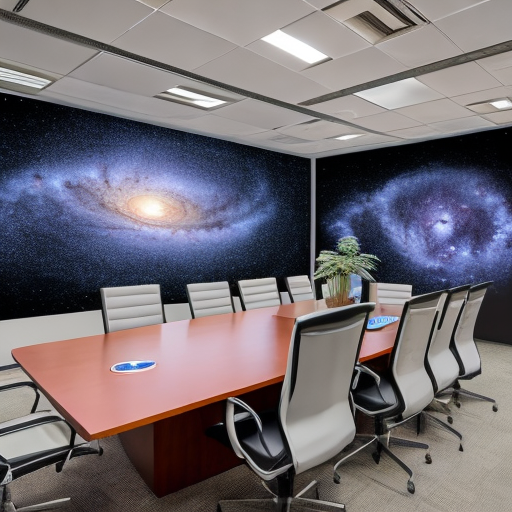Content Management: Making Sense of CMSs
Introduction to Content Management
Content management systems (CMS) are software applications used to create, manage, and publish digital content. They are used by businesses, organizations, and individuals to create websites, blogs, and other digital media. Content management systems provide users with the ability to store, organize, and publish content in an efficient and effective manner.
The purpose of a content management system is to make it easier for users to create, manage, and publish content. Content management systems provide users with a wide range of features and tools that allow them to create and manage content quickly and easily. These features include content management, user management, content templates, search engine optimization, and more.
Types of CMSs Overview
Content management systems come in a variety of shapes and sizes. The most common types of content management systems are open source, hosted, and proprietary. Open source content management systems are free and open source, allowing users to customize and extend the system as they wish. Hosted content management systems are managed by a third-party provider and hosted on their servers. Proprietary content management systems are developed and maintained by a single company and are generally more expensive than open source or hosted solutions.
Benefits of CMSs
Content management systems provide a number of benefits to users, including:
- Increased Efficiency: Content management systems make it easier and faster for users to create, manage, and publish content.
- Improved Search Engine Optimization (SEO): Content management systems provide users with a range of features and tools that allow them to optimize their content for search engines.
- Increased Security: Content management systems provide users with enhanced security features that protect their content from hackers and other malicious actors.
- Cost Savings: Content management systems are generally more cost-effective than custom-developed websites.
Popular CMSs
There are a number of popular content management systems available today, including:
- WordPress: WordPress is the most popular open source content management system and is used by millions of websites.
- Drupal: Drupal is an open source content management system that is popular with developers and is used by many large organizations.
- Joomla!: Joomla! is an open source content management system that is popular with small businesses and is easy to use.
- Magento: Magento is a popular e-commerce content management system that is used by many online stores.
Choosing a CMS
Choosing the right content management system for your needs is an important decision. There are a number of factors to consider when selecting a content management system, including:
- Cost: Content management systems vary in cost, so it is important to consider the cost of the system before making a decision.
- Features: Different content management systems offer different features, so it is important to consider the features that are important to you.
- Security: Security is an important factor to consider when selecting a content management system.
- Scalability: Scalability is an important factor to consider when selecting a content management system, as it will determine how well the system can handle increased traffic.
Understanding CMS Architecture
Content management systems are typically composed of a number of different components, including:
- Database: The database stores all of the content and user data.
- Application Server: The application server is responsible for processing requests and generating content.
- Content Server: The content server is responsible for delivering content to the user.
- Web Server: The web server is responsible for serving web pages to the user.
Security & Maintenance
Security is an important consideration when using a content management system. Content management systems typically include a range of security features, such as user authentication, access control, and encryption. It is important to ensure that these features are enabled and regularly updated to ensure that your content is secure.
It is also important to ensure that your content management system is regularly maintained. Content management systems should be regularly updated to ensure that they are running the latest version of the software. Additionally, it is important to regularly back up your content to ensure that it is not lost in the event of a system failure.
Integrating Third-Party Services
Content management systems can be integrated with a range of third-party services, such as payment processors, analytics services, and social media platforms. This allows users to easily add features and functionality to their websites and increase their reach.
Setting Up a CMS
Setting up a content management system can be a complex process. It is important to follow the instructions provided by the content management system to ensure that the system is set up correctly. Additionally, it is important to ensure that all security features are enabled and that the system is regularly backed up.
Adding Content
Once the content management system is set up, users can begin adding content. Content management systems provide users with a range of tools and features that make it easy to create and manage content. These features include content templates, content editors, and content management tools.
Managing Content
Content management systems provide users with a range of tools and features that make it easy to manage content. These features include content management, user management, search engine optimization, and more.
Conclusion
Content management systems are powerful tools that allow users to create, manage, and publish content quickly and easily. Content management systems provide users with a wide range of features and tools that make it easy to create and manage content. Additionally, content management systems can be integrated with a range of third-party services to add features and functionality to websites. Choosing the right content management system for your needs is an important decision and requires careful consideration.









